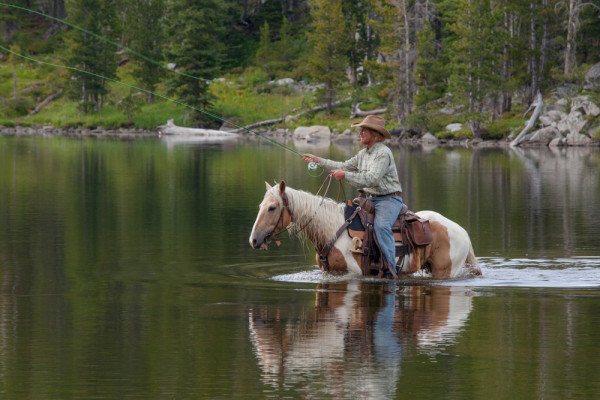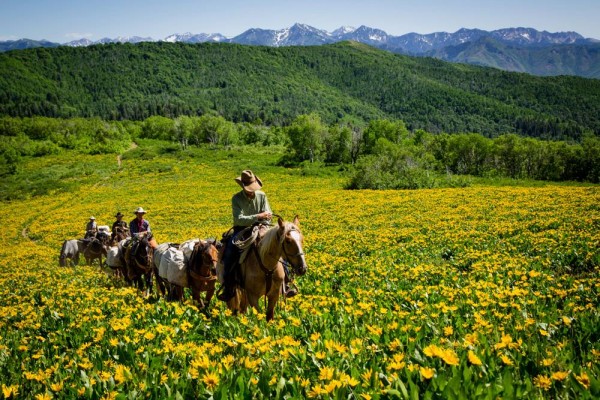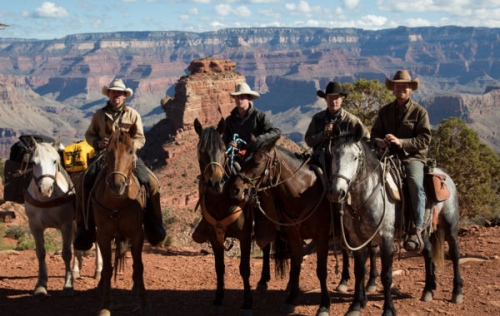There are 50,000 wild horses, or mustangs, in the western United States. Originally brought to America by the Spanish conquistadors 500 years ago, they roamed freely for centuries. But due to the scarcity of publicly-owned grazing lands in states like Nevada and Utah, where most of them are found, these noble creatures are now kept in U.S. government holding facilities until they can be adopted by horse lovers.
A few years ago, four newly graduated university students from Texas adopted 16 with the intention of publicizing the problem by riding them from Mexico to Canada. Phillip Baribeau’s beautifully shot documentary, Unbranded, which opens in Toronto on September 25, call attention to these horses. Hopefully, thanks to the documentary, more people will be interested in adopting these horses. People who are really passionate about giving these horses homes could find a texas ranch for sale to raise them on and make a career out of it.

The four sturdy young men who embarked on this 3,000-mile adventure were Ben Masters, Ben Thamer, Jonny Fitzsimons and Thomas Glover, who had the horses adequately trained and tamed before they set off. The process took almost a year, since mustangs are not accustomed to being managed. As their new owners discovered, mustangs can be unruly, kicking and biting the hand that feeds them.
On part of their journey through five states, the adventurers were supported by a seasoned horse trainer who provided them with hay and fresh water. But after he left the scene, they had to improvise.

They used back country routes to reach their final destination — riding through high desert and mountains, negotiating dense scrub and bush and fording rivers and streams. In one instance, they lost a half a day of travel time because the proprietor of a ranch would not allow them to traverse his land.
They lived roughly, camping out in tents under the stars. Personal hygiene was usually hard to achieve, as one of them recalls.

The going could be tough. In southern Arizona, they spent two days removing pesky cacti thorns from the hides of the horses. In Utah, the trails could be very steep. But in general, they revelled in the breathtaking scenery. They rode through the Grand Canyon from rim to rim, using hairpin trails and a footbridge spanning the Colorado River. They were awed by the pristine wonders of Montana’s Yellowstone National Park and Glacier National Park.
They made it to the Canadian border on day 159, the boys and mustangs having acquitted themselves well. It was an odyssey of a lifetime but it was also a unique opportunity to raise awareness about the magnificent wild horses of America.